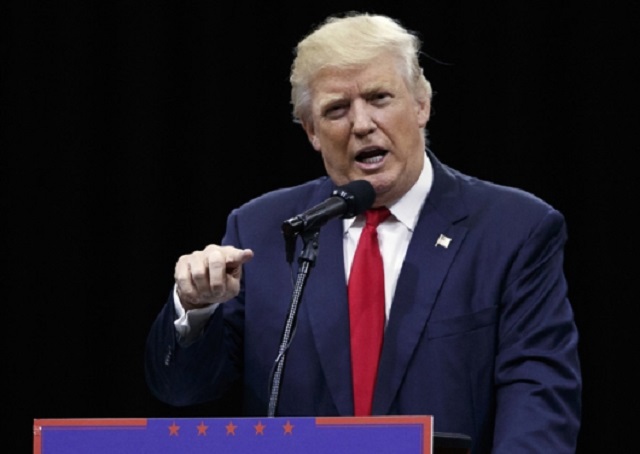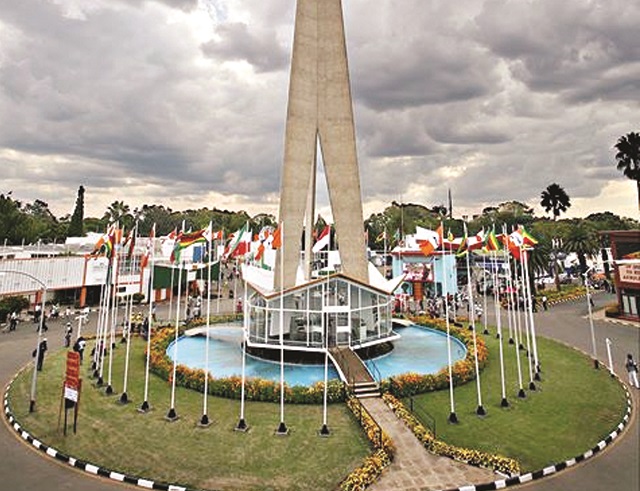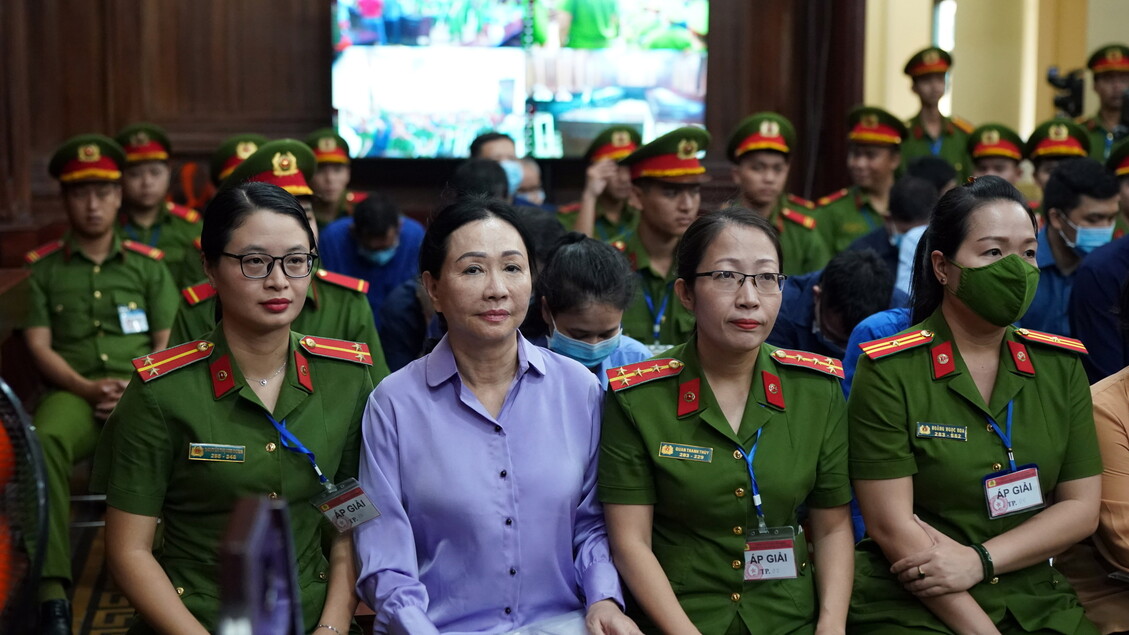US wants to bring North Korea to ‘path of dialogue’

The United States wants to bring North Korea back to the “path of dialogue” over its nuclear weapons programme and will use diplomatic measures and additional sanctions to increase pressure on it.
After briefing senators in a highly unusual meeting at the White House on Wednesday, Pentagon chief Jim Mattis, Secretary of State Rex Tillerson and Director of National Intelligence Dan Coats issued a statement that toned down military rhetoric and urged the international community to help find a solution to North Korea’s nuclear programme.
President Donald Trump aims to “pressure North Korea into dismantling its nuclear, ballistic missile, and proliferation programmes by tightening economic sanctions and pursuing diplomatic measures with our allies and regional partners”, the statement read.
“We are engaging responsible members of the international community to increase pressure on the DPRK in order to convince the regime to de-escalate and return to the path of dialogue,” the statement added, using North Korea’s official name.
An administration official said Trump attended only the first five minutes of the meeting. He delivered opening remarks before handing it over to his national security team.
China welcomed the policy yesterday, describing it as a “positive” development.
This latest move comes as tension soars on the Korean Peninsula following a series of missile launches by the North and warnings from the Trump administration that military action was an “option on the table”.
Kimberly Halkett, reporting from the White House, said a whole range of options were discussed including using leverage by China, North Korea’s main trade partner. “Another option is putting North Korea on the US list of state sponsors of terrorism,” she said.
“We’re told the priority is still the diplomatic option, trying to isolate North Korea economically, making it difficult for it to get components that may be needed for many of its military capabilities. But also on the table is the military option — the option that is less preferred, we’re told.”
The briefing team was to meet House members in the Capitol later.
In the past two weeks, Trump has ordered high-powered US military vessels, including an aircraft carrier, to the region in a show of force to deter North Korea from more nuclear and missile tests.
On Tuesday, North Korea conducted large-scale, live-fire artillery drills, witnessed by national leader Kim Jong-un, as a reminder of its conventional threat to US-allied South Korea.
And on Wednesday, South Korea started installing key parts of a contentious US missile defence system against North Korean missiles that also has sparked Chinese and Russian concerns.
America’s Pacific forces commander, Admiral Harry Harris Jr., told Congress on Wednesday the system would be operational within days. He said any North Korean missile fired at US forces would be destroyed.
“If it flies, it will die,” Harris said.
Testifying before the House Armed Services Committee, Harris said he expects North Korea, under Kim’s autocratic rule, to soon be able to develop a long-range missile capable of striking the United States, despite some spectacular failures in its ballistic missile programme. “One of these days soon, he will succeed,” Harris said.
North Korea routinely accuses the United States of readying for an invasion, and threatens pre-emptive strikes to stop the US.
On Wednesday, North Korea’s UN mission said it would react to “a total war” with the US with nuclear war. It said it would win in a “death-defying struggle against the US imperialists”.
China has been urging restraint by both Pyongyang and Washington. China opposes the Terminal High-Altitude Area Defence system, or THAAD, being installed in South Korea.
The US says it will only target North Korean missiles, but China and Russia see the system’s powerful radars as a security threat.
President Trump on Wednesday slammed as “ridiculous” a US judge’s ruling blocking an executive order that could deny billions of dollars to so-called sanctuary cities harbouring illegal immigrants.
Judge William Orrick of San Francisco’s federal court issued a preliminary injunction barring any attempt to implement Trump’s January 25 executive order.
“First the Ninth Circuit rules against the ban & now it hits again on sanctuary cities — both ridiculous rulings. See you in the Supreme Court!” Trump tweeted.
Orrick wrote that federal funding “that bears no meaningful relationship to immigration enforcement cannot be threatened merely because a jurisdiction chooses an immigration enforcement strategy of which the president disapproves”.
His decision — which could affect more than 300 cities and counties that have denounced Trump’s order — is another blow to the White House following successful court challenges to its two travel bans targeting Muslim-majority countries.
The White House reacted with a vitriolic statement, claiming that “the rule of law suffered another blow, as an unelected judge unilaterally rewrote immigration policy”.
The judge’s “erroneous ruling is a gift to the criminal gang and cartel element in our country,” and is “one more example of egregious overreach” by a single judge that “undermines faith in our legal system”.
The White House claimed that “San Francisco, and cities like it, are putting the well-being of criminal aliens before the safety of our citizens and those city officials who authored these policies have the blood of dead Americans on their hands”.
Trump on Wednesday later added in two separate tweets: “Out of our very big country, with many choices, does everyone notice that both the ‘ban’ case and now the ‘sanctuary’ case is brought in . . . the Ninth Circuit, which has a terrible record of being overturned (close to 80 percent). They used to call this ‘judge shopping!’ Messy system”.
— Al Jazeera










Comments